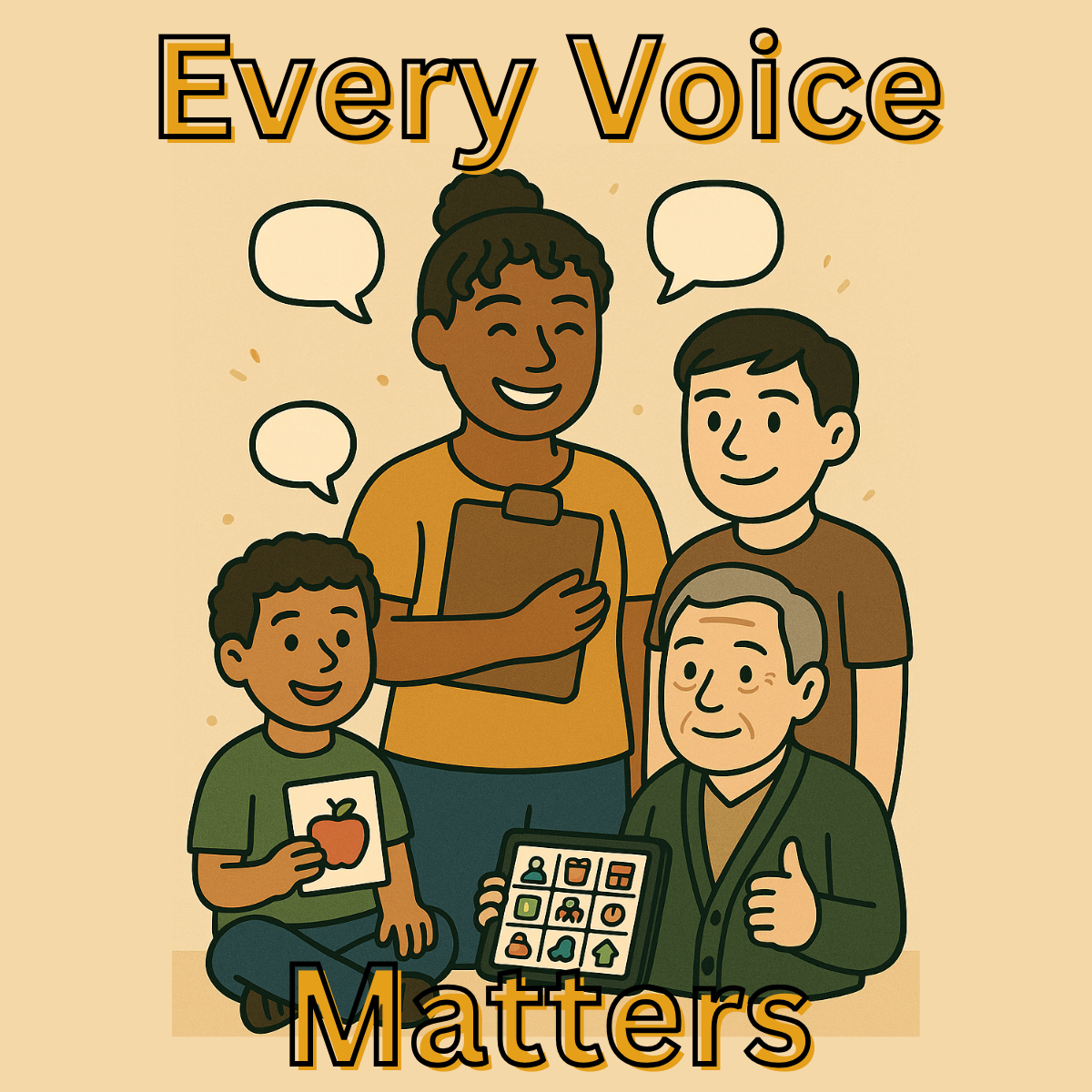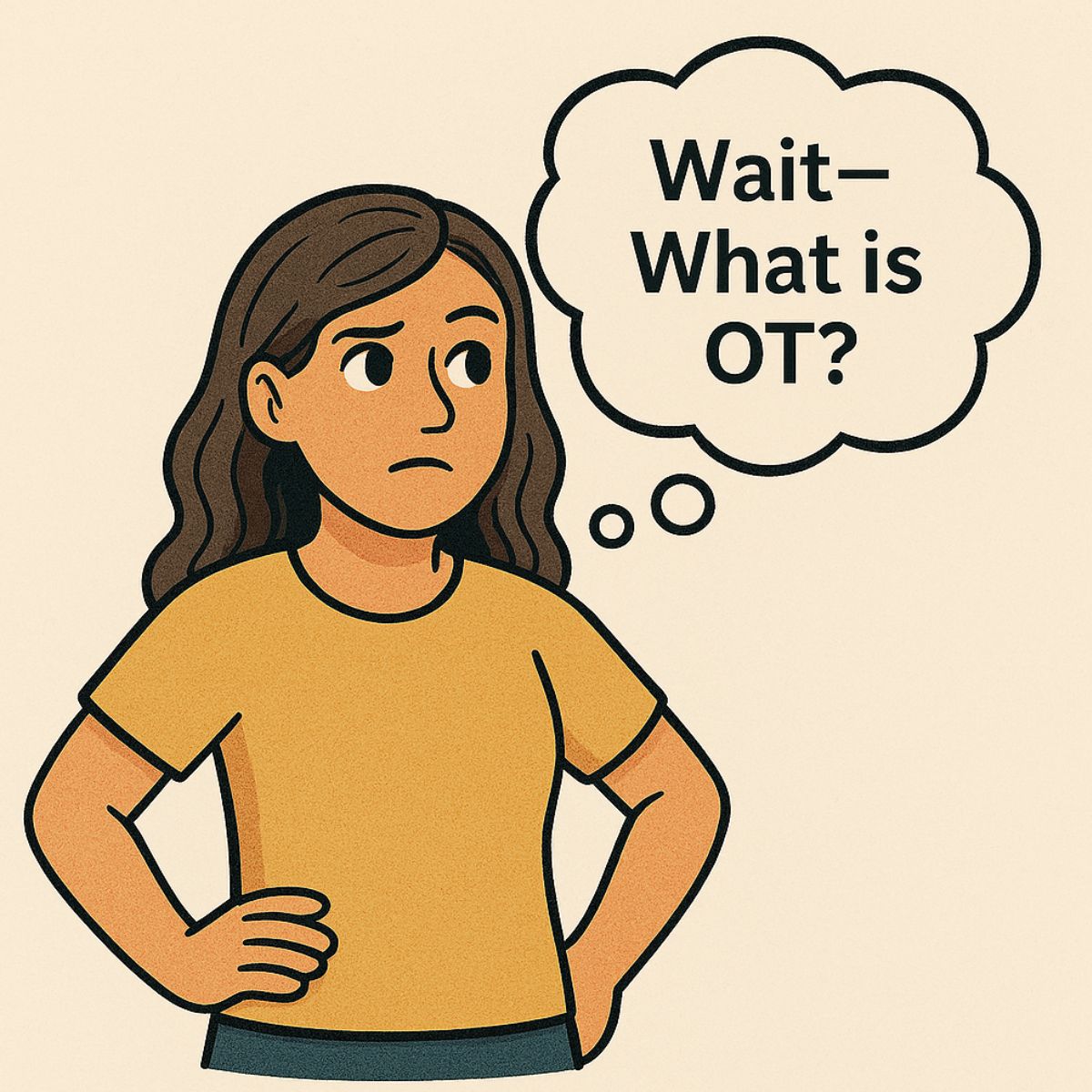6-minute read
As an Amazon Associate, I earn from qualifying purchases. I recommend products based on their use in speech therapy practice, industry trust, and educational value.
Introduction: The Unsung Heroes of Communication
Have you ever stopped to think about the power of communication? For many people—children, adults, and families—finding their voice is a challenge. That’s where Speech-Language Pathologists (SLPs) come in. These professionals help individuals speak, understand, and swallow—giving people back one of the most essential parts of life: connection.
As we celebrate Better Speech and Hearing Month this May, let’s take a closer look at the world of speech therapy—how it works, who it helps, and how we can all support the incredible work of SLPs.
1: What is Speech Therapy?

Speech therapy is more than correcting a lisp or saying “r” correctly. It encompasses evaluation and treatment for:
- Speech sound production
- Language development and comprehension
- Fluency (e.g., stuttering)
- Voice quality
- Swallowing and feeding disorders
- Cognitive-communication challenges
- Alternative and Augmentative Communication (AAC)
SLPs work in schools, hospitals, clinics, and homes—and support everyone from toddlers with speech delays to adults recovering from strokes or living with ALS.
🔗 Learn more at ASHA: What Do Speech-Language Pathologists Do?
💡 SLP Tool Highlight:
Try this GoTalk 9+ Lite Touch AAC Device for clients who need a low-tech, reliable communication option.
2: Why Better Speech and Hearing Month Matters

May is Better Speech and Hearing Month, a time to raise awareness about communication disorders and the professionals who treat them.
This month emphasizes:
- Early identification of speech, language, and hearing issues
- Accessible care for all age groups
- Appreciation for SLPs who change lives every day
Whether you’re a caregiver, client, student, or therapist—this month is your opportunity to speak up about the value of communication.
🔗 Visit ASHA: Better Hearing and Speech Month to explore campaigns and resources.
3: The Life-Changing Work of SLPs

SLPs support people through every stage of life. Their work is diverse, impactful, and often life-altering.
In Early Intervention and Schools:
- Helping children meet speech and language milestones
- Supporting IEP goals and academic success
- Providing visuals, social stories, and play-based therapy
🎒 Must-Have:
For SLPs seeking a versatile and engaging tool for articulation therapy, the Say & Play Mini Objects Set offers over 300 miniature items categorized by speech sounds. This comprehensive kit supports various therapeutic activities, from sound production to language expansion.
In Medical and Adult Rehab:
- Assisting stroke survivors and TBI patients regain speech
- Providing strategies and support for swallowing safety
- Using tools like tongue depressors or FEES studies to evaluate function
In All Settings:
- Empowering voices through connection, advocacy, and individualized care
4: How You Can Support SLPs This Month

Want to join the celebration? Here’s how:
✅ Thank an SLP — A kind word or social media shoutout goes a long way.
✅ Share success stories — Celebrate clients and families who’ve overcome communication barriers.
✅ Donate — Support nonprofits that provide speech therapy services to underserved populations.
✅ Wear Awareness Gear — Pins, posters, and shirts show your support.
✅ Talk About It — Spread the word about early intervention and hearing protection.
🎧 Working with sensory-sensitive clients? Try Loop Quiet Earplugs or Kids Earmuffs to reduce auditory distractions.
5: Tools & Resources for SLPs and Caregivers

Whether you’re a therapist or caregiver, the right tools make all the difference.
🗂 Top Tools I Recommend:
- Articulation Flashcards – Super Duper Deck – A staple for articulation and phonology sessions.
- Dry-Erase Mirror Therapy Board – Perfect for visual feedback during sound production tasks.
- SLP Daily Planner – Streamline your schedule, session notes, and therapy plans.
🎁 Free Quick Reference Sheets
Print-friendly, intervention-based cheat sheets for busy rehab therapists.
Designed for SLPs, OTs, and PTs.
📘 More Resources from Our Therapy Library:
- OT Pocket Guide: Available now as eBook and Paperback
(Packed with functional tools, checklists, and tips—perfect for daily clinical use.) - SLP Pocket Guide: Coming May 2025
- PT Pocket Guide: Launching October 2025
Conclusion: Let’s Give a Voice to Those Who Need It Most

Whether it’s a toddler speaking their first words, a stroke survivor finding confidence again, or a nonverbal child learning to communicate, SLPs make it possible. Their work is not just professional—it’s personal, transformational, and deeply impactful.
This Better Speech and Hearing Month, join us in celebrating the life-changing power of speech therapy. Download your tools, thank a therapist, and support better communication for everyone.
Get Your Free Tools

Download our FREE Quick Reference Sheets for OT, PT, and ST.
Stay organized, confident, and ready for any session.














